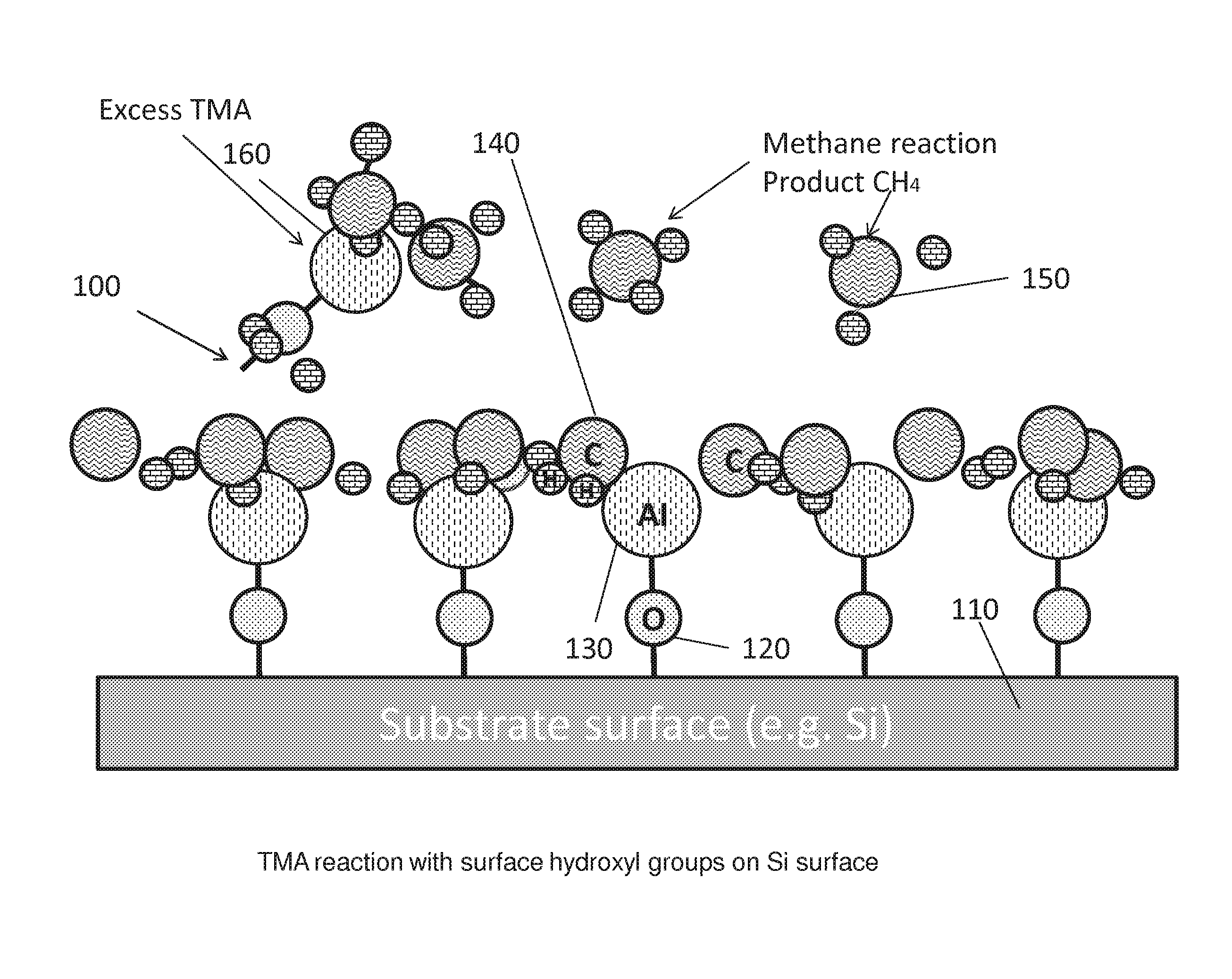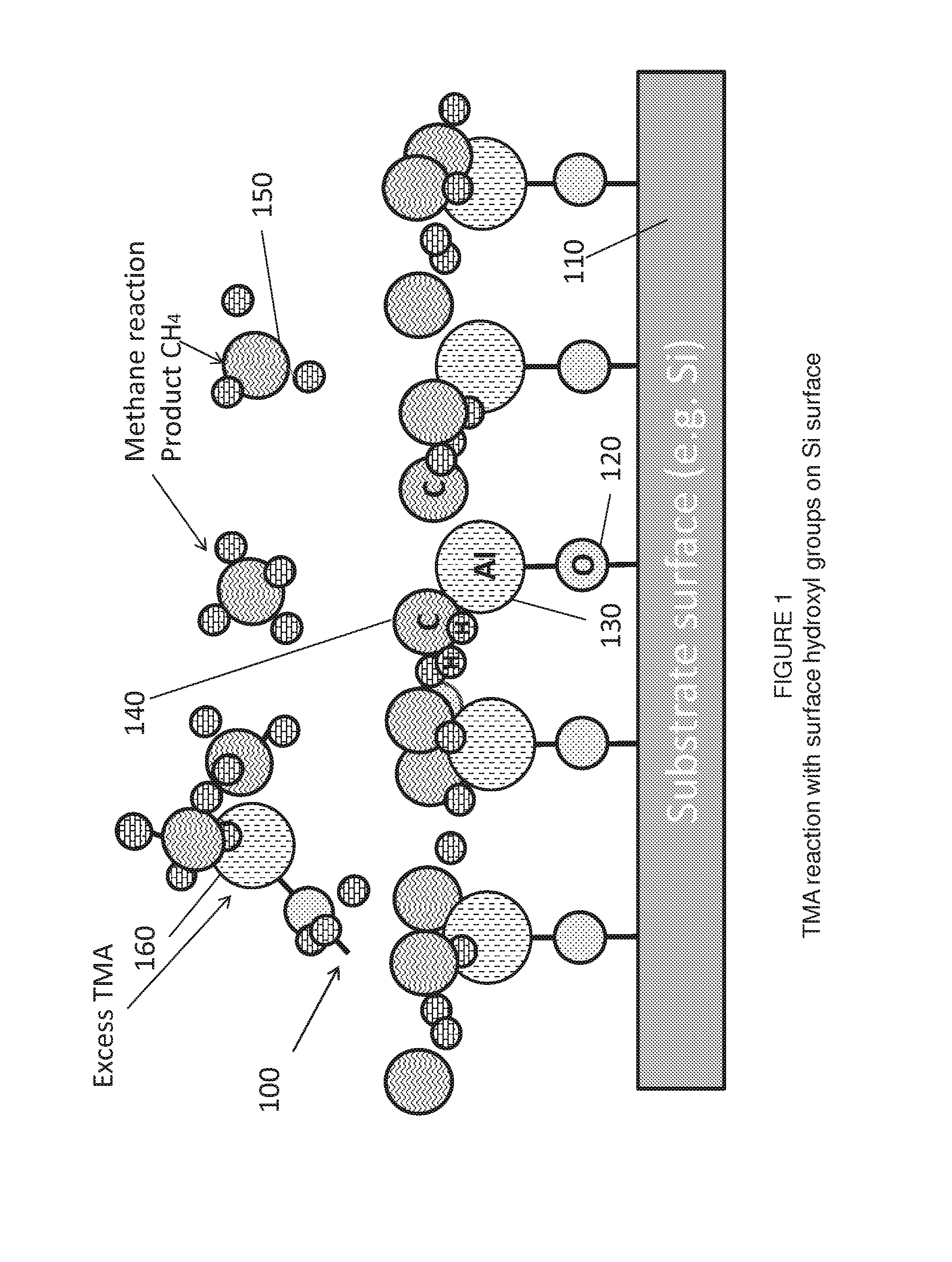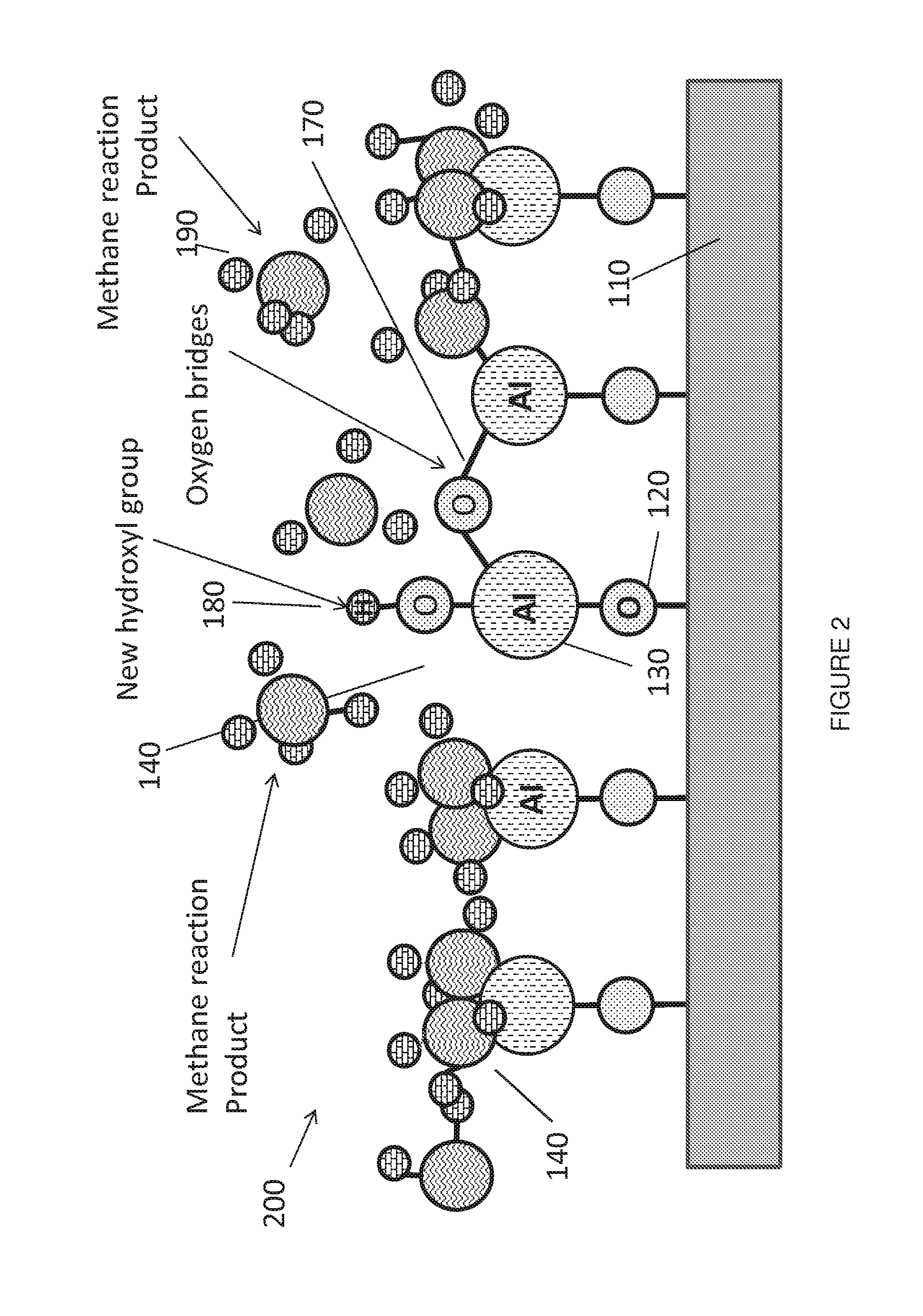Formation of heteroepitaxial layers with rapid thermal processing to remove lattice dislocations
a technology of heteroepitaxial layers and thermal processing, which is applied in the direction of manufacturing tools, welding/soldering/cutting articles, coatings, etc., can solve the problems of silicon devices not providing the desired electrical properties in many applications, the best substrate choice of silicon, and cracking in the deposition layer
- Summary
- Abstract
- Description
- Claims
- Application Information
AI Technical Summary
Benefits of technology
Problems solved by technology
Method used
Image
Examples
example 1
5.3 Example 1
[0101]In a non-limiting example embodiment, the laser annealing module (735, 800) comprises a continuous wave (CW) laser module having laser radiation output having a spectral bandwidth that is readily absorbed by silicon, e.g. a visible spectral range between 300 and 1000 nm. In one example embodiment the laser (805) comprises an erbium and or ytterbium fiber laser having a narrow band spectral output centered between about 515 and 580 nm and preferably 532 nm. The laser CW output power ranges between about 50 and 500 watts but preferably 200 watts. Alternately the laser (805) may comprise a neodymium yttrium aluminum garnet (Nd YAG) laser outputting in the visible spectrum e.g. at 532 nm.
[0102]The laser beam is controlled by various sub-systems to anneal the substrate coating surface by rapidly heating the surface to an annealing temperature. In particular laser radiation thermally excites the coating surface and specifically the deposition layers in order to thermall...
PUM
| Property | Measurement | Unit |
|---|---|---|
| Temperature | aaaaa | aaaaa |
| Temperature | aaaaa | aaaaa |
| Temperature | aaaaa | aaaaa |
Abstract
Description
Claims
Application Information
 Login to View More
Login to View More - R&D
- Intellectual Property
- Life Sciences
- Materials
- Tech Scout
- Unparalleled Data Quality
- Higher Quality Content
- 60% Fewer Hallucinations
Browse by: Latest US Patents, China's latest patents, Technical Efficacy Thesaurus, Application Domain, Technology Topic, Popular Technical Reports.
© 2025 PatSnap. All rights reserved.Legal|Privacy policy|Modern Slavery Act Transparency Statement|Sitemap|About US| Contact US: help@patsnap.com



